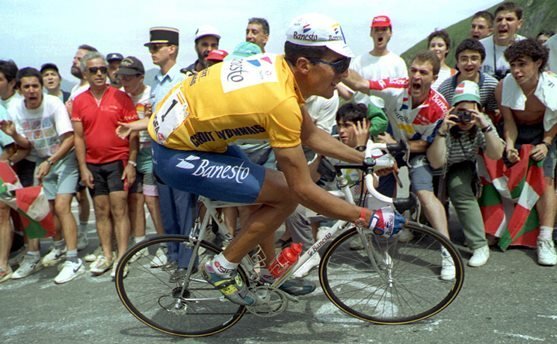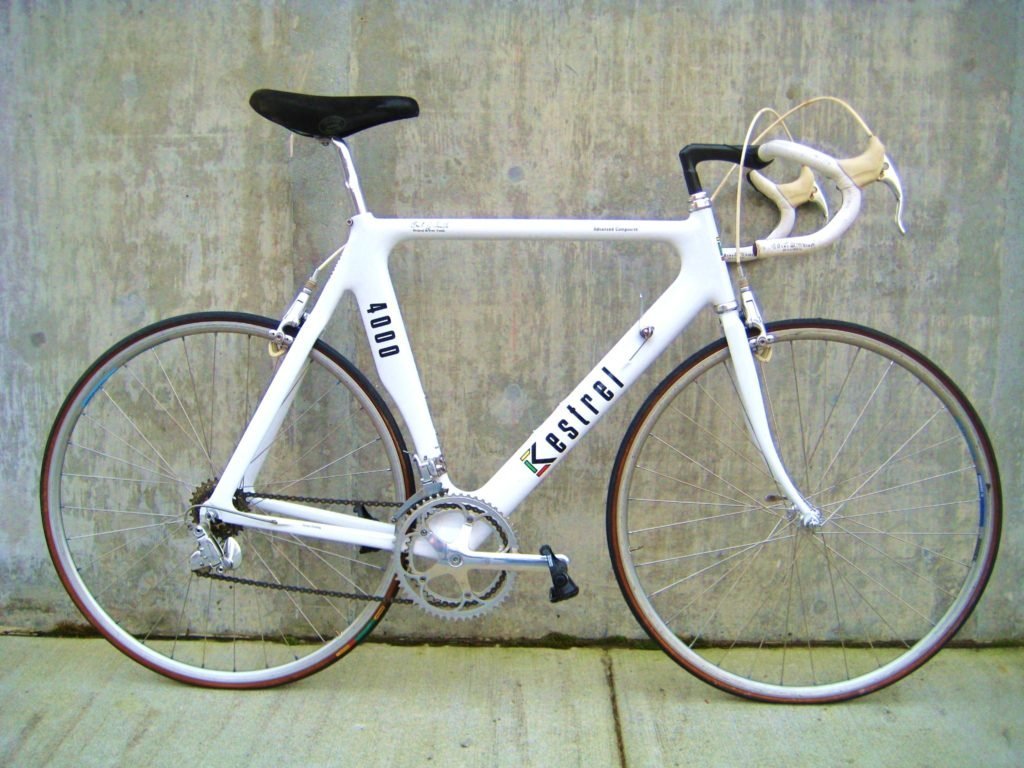In a retrospective look, we revisit crucial moments that shaped the influence of carbon fiber on the largest annual sporting event, the Tour de France, and the cycling landscape.
In 1960, the Bowden Spacelander, a precursor to the fiberglass frame, emerges, but the true revolution occurs in 1986 with the Kestrel 4000, the first mass-produced all-carbon bike. The Tour de France sees, in 1989, the debut of Gregg LeMond’s Look TVT, marking the beginning of the carbon era. Metal persists, but in 1994, Indurain wins for the last time with a steel bike.
Trek, in 1989, joins the revolution, facing initial challenges, but in 1991, the Trek 5500 OCLV, ridden by Lance Armstrong in 1999, makes carbon fiber shine in the Tour. In 1992, Chris Boardman, with a carbon bike from Lotus, becomes the first Briton to win Olympic gold in cycling in 72 years, revolutionizing design and introducing aerodynamics.

The shift to carbon redefines production methods. In 2000, the UCI limits design flexibility, but innovation persists. The appeal of carbon today goes beyond weight savings; its specific stiffness 3-4 times greater and aerodynamic efficiency transform the experience for contemporary cyclists.
What is the Real Effect of Carbon Fiber?
So, what is the real effect of all these changes brought about by the use of carbon fiber? Bike frames are 32% lighter, 25% stiffer, and 20% more aerodynamic than their metal predecessors. According to Chris Boardman in ITV4’s Tour de France coverage, these improvements would make a cyclist, on average, 0.5 km/h faster for the same power output. While this might not seem like a significant advantage, over a tour, it could make a cyclist over an hour faster.

Carbon fiber and related technologies have certainly had a striking impact on the world’s largest annual sporting event, and there will undoubtedly be much more innovation in future Tours, but one thing is certain: since 1999, carbon fiber has been the true winner of the yellow jersey.
Challenges arise, such as insufficient heat dissipation affecting brake performance. Future innovations may include graphene, promising improved heat dissipation. Since 1999, carbon fiber has been the real winner of the yellow jersey, shaping the history of the Tour de France and cycling.


